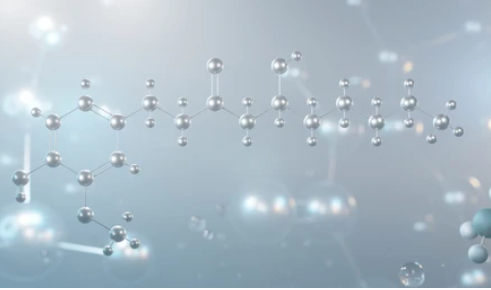
Alkaloid structure modification is a common method used to change the chemical structure of alkaloids to improve their properties and functions. Such modifications can be accomplished through synthetic chemistry or biosynthetic routes. Lifeasible offers a variety of ways to perform alkaloid structure modification and provides complete structure modification services to help customers complete their alkaloid research in the field of botany.
An alkaloid's hydroxyl or amine group is combined with the carboxyl group of an acid to form an ester bond by reacting with the acid. This modification can alter the solubility, stability, and bioavailability of the alkaloid.
Introducing a phosphate group into an alkaloid molecule can alter its activity, potency, and metabolic pathway. Phosphorylation modifications can be carried out chemically or by enzyme-catalyzed reactions.
The solubility, pharmacokinetics, and receptor affinity of alkaloids can be altered by introducing alkyl chains, such as methyl, ethyl, etc., into the alkaloid molecule.
Combines the hydroxyl or amine group of an alkaloid with the carboxyl group in an amino acid to form an amide bond. This modification is commonly found in peptide alkaloids in natural products and can alter their biological activity and stability.
Introducing a thiol group into an alkaloid molecule can alter its reactivity, metal complexation, and biological activity.
Introducing a carboxyl group into an alkaloid molecule can alter its acid-base properties, metal complexing ability, and biological activity.
Structural modification of alkaloids can be divided into the following processes:
(1) Target Setting - Determine the alkaloid to be modified and the desired target for structural modification. This may be to change the position of a specific functional group, to introduce a new functional group, or to change the steric structure of the molecule.
(2) Design of Modification Scheme - Design a suitable modification scheme based on the target setting. This may involve different approaches, such as synthetic chemistry, enzyme catalysis, or metabolic modification. Based on the target structure, determine the required synthesis steps, reaction conditions, and reaction reagents.
(3) Synthesize or Obtain the Starting Material - Based on the designed modification scheme, synthesize or obtain the appropriate starting material (original alkaloid). Organic synthesis methods, natural product extraction, or commercial purchase can accomplish this.
(4) Structural Modification - According to the designed scheme, structural modification is performed. Depending on the specific modification method, modification can be performed using chemical reactions, enzyme-catalyzed reactions, cell culture, or animal models. This may require multiple steps and optimization of reaction conditions.
(5) Structural Characterization and Analysis - The modified compound is structurally characterized and analyzed to determine its purity, structure, and activity. This may include techniques such as mass spectrometry, nuclear magnetic resonance (NMR) analysis, and high-performance liquid chromatography (HPLC) analysis.
(6) Results Evaluation and Optimization - Evaluate whether the modified product meets the desired goals and perform further optimization as needed. This may involve further structural modifications or adjustment of experimental conditions.
(7) Data Analysis and Reporting - Compile and analyze experimental data and write reports to document the experimental process and results.
Through structural modification, many alkaloid molecules with different structures can be synthesized or obtained. This extends the diversity of the compound library and provides more candidates for drug discovery.
Structural modifications can alter the physical, chemical, and pharmaceutical properties of alkaloid molecules. This includes changes in solubility, pharmacokinetic properties, targeting, selectivity, and toxicity. By optimizing drug properties, the efficacy and safety of drugs can be improved.
Structural modifications of alkaloids can be optimized for specific biological targets or disease mechanisms to improve activity and selectivity. This includes introducing specific functional groups, altering the steric structure, and enhancing targeting. Through structural modification, more active and selective compounds can be obtained.
With state-of-the-art technology and a team of talented scientists and experts, Lifeasible is committed to providing the best alkaloid structure modification services at competitive prices to customers worldwide. If you are interested in our services or have questions, please feel free to contact us or make an online inquiry.